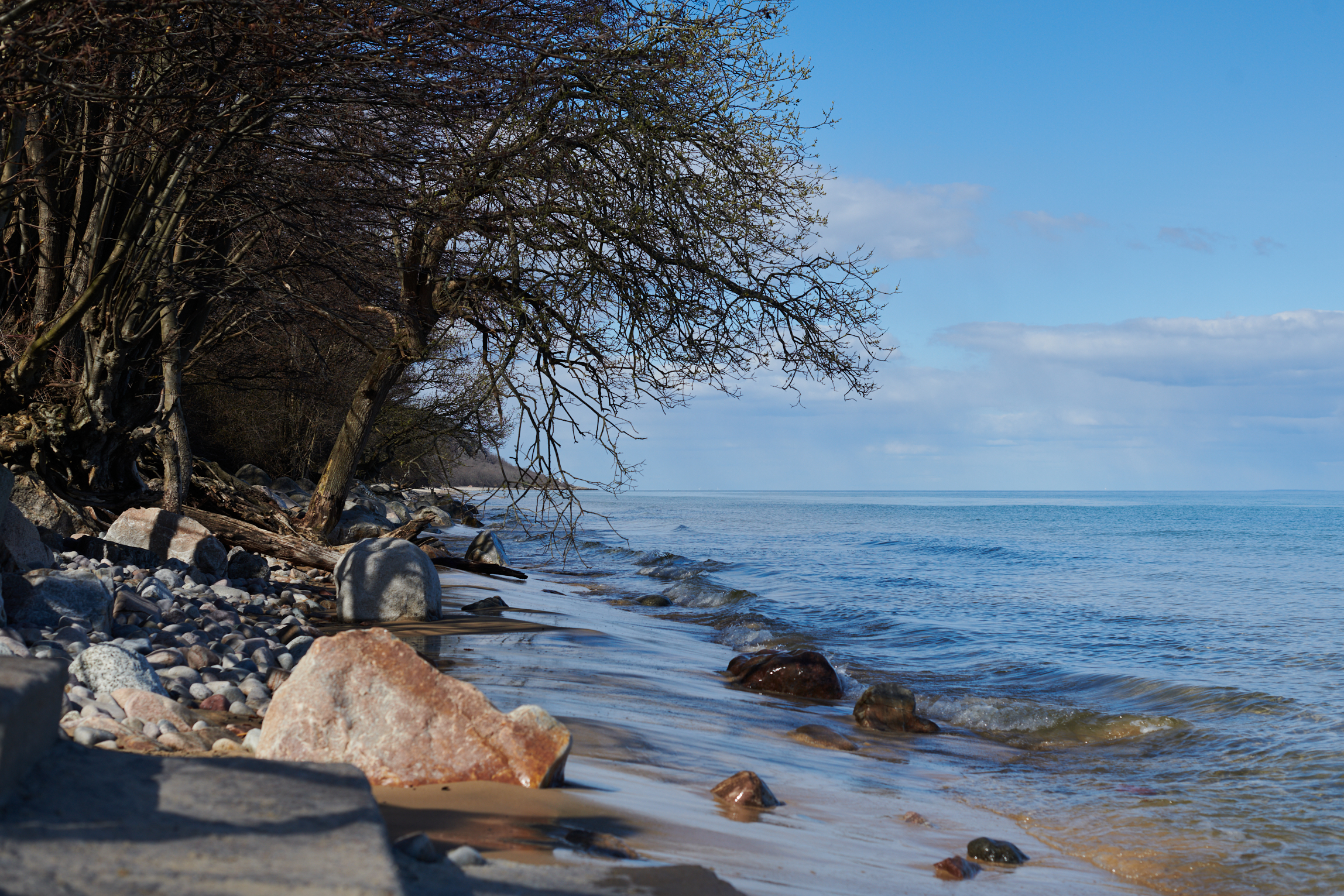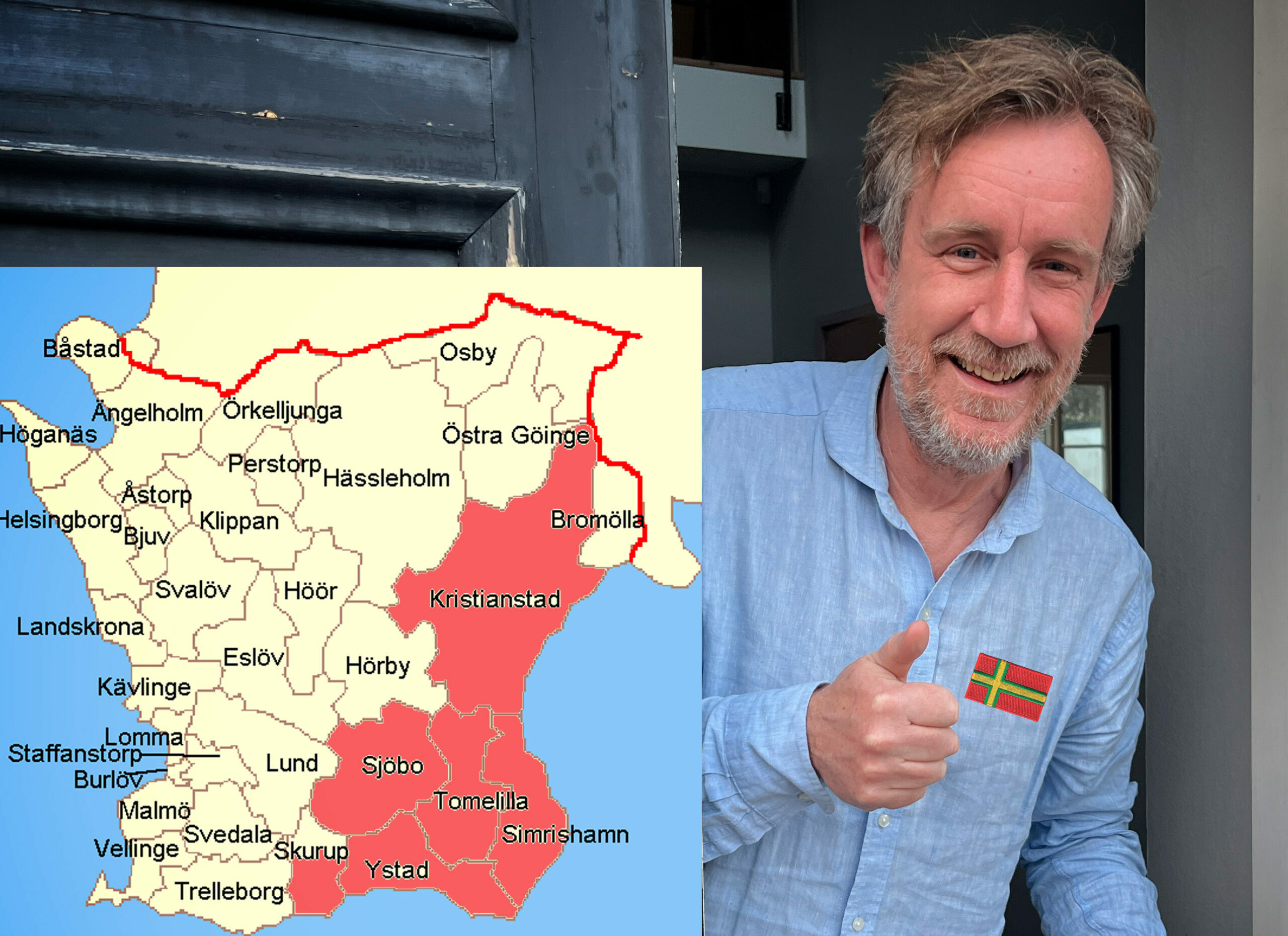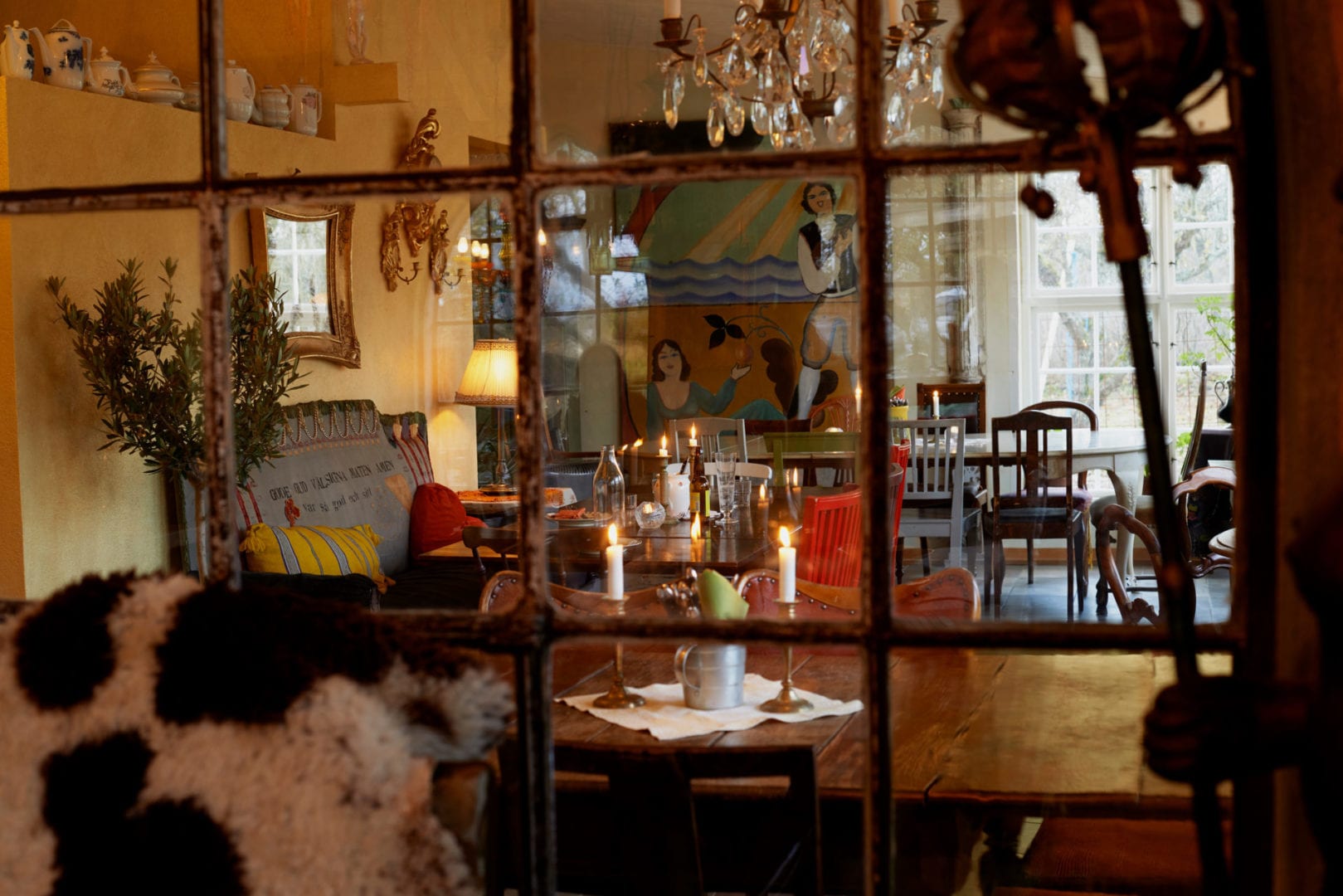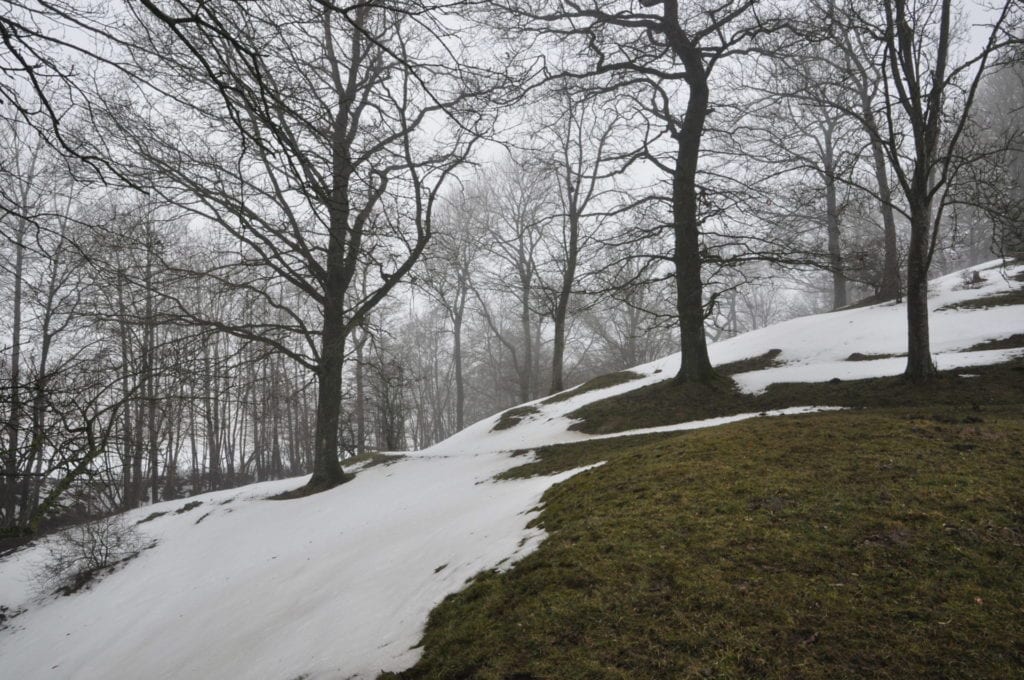
Has anyone seen the Scottish TV series 'Outlander'?
Text and photo: Caroline Alesmark
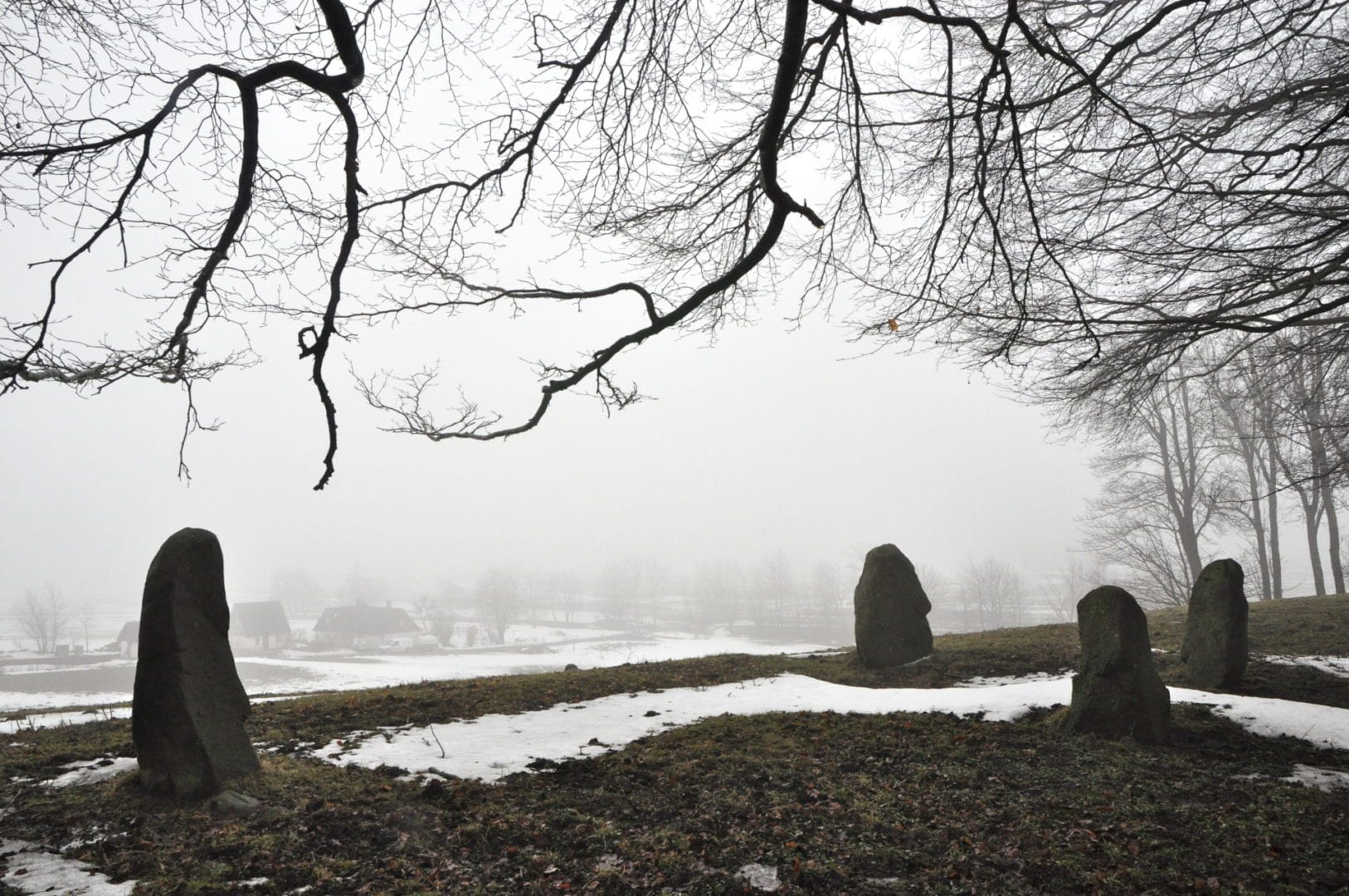

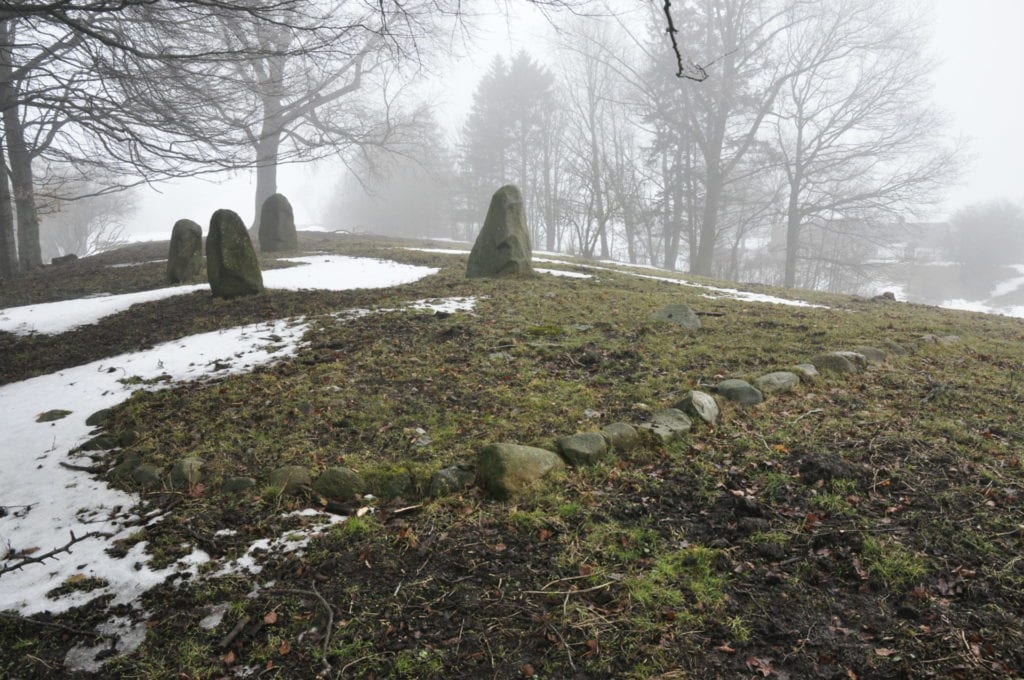
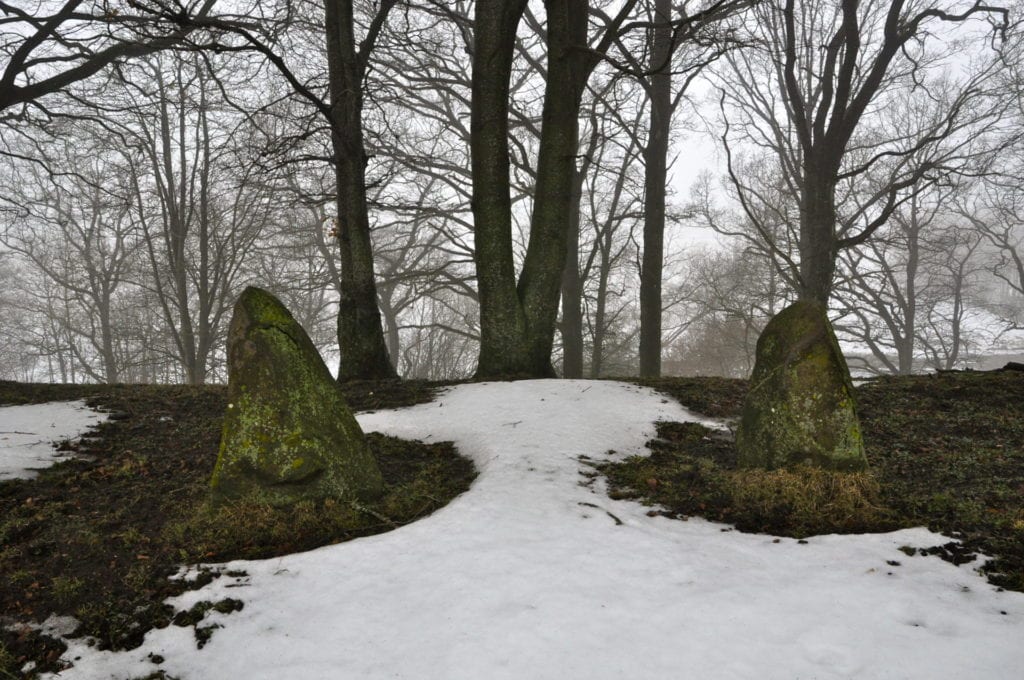
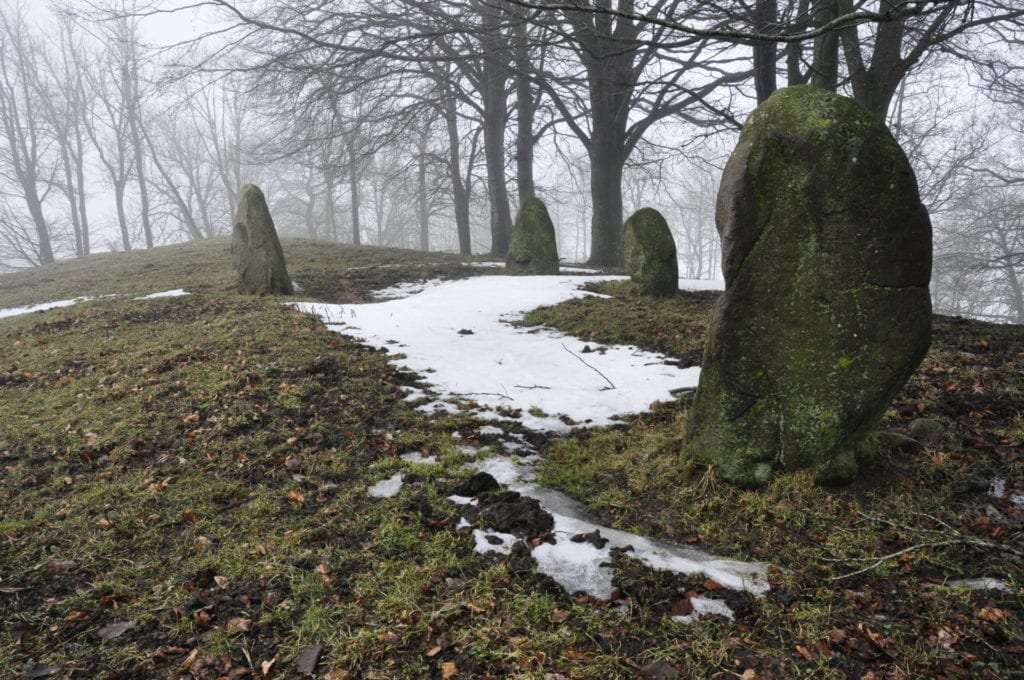
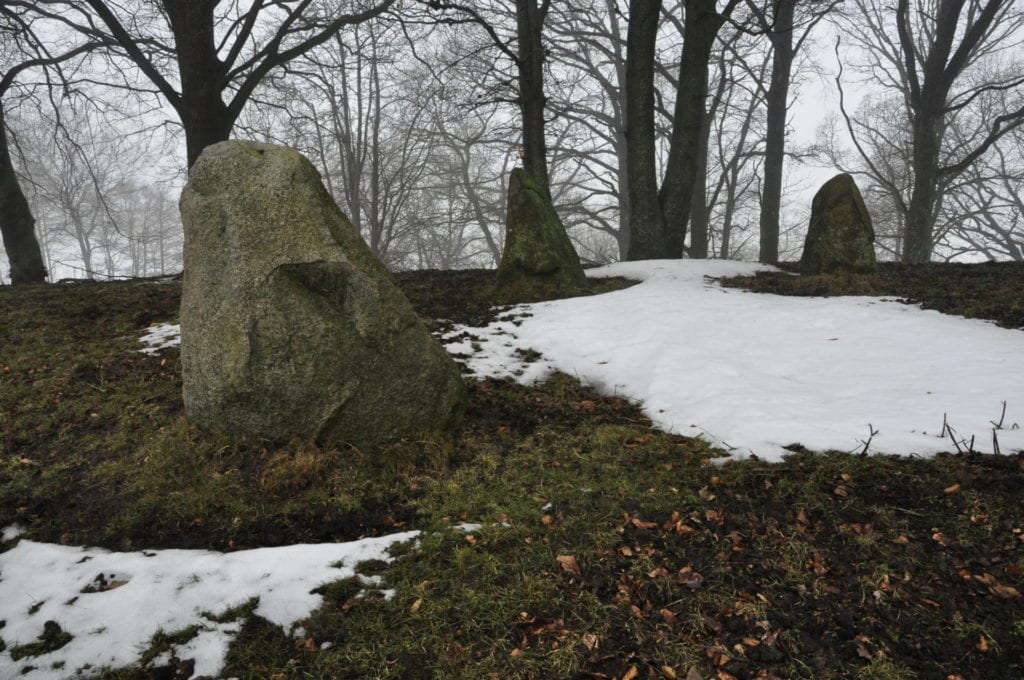
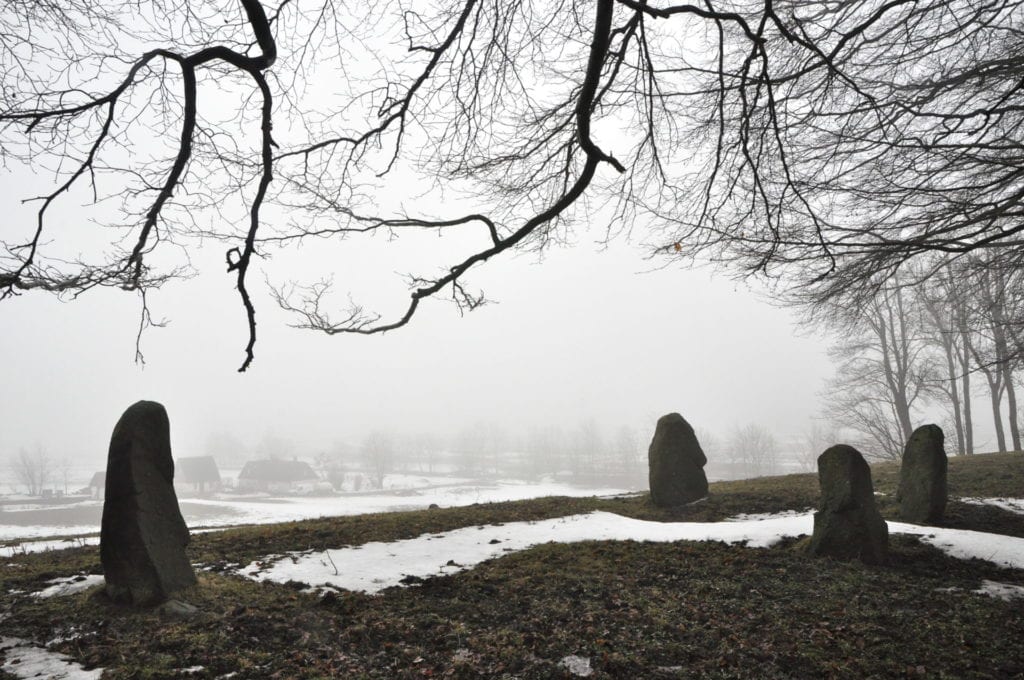
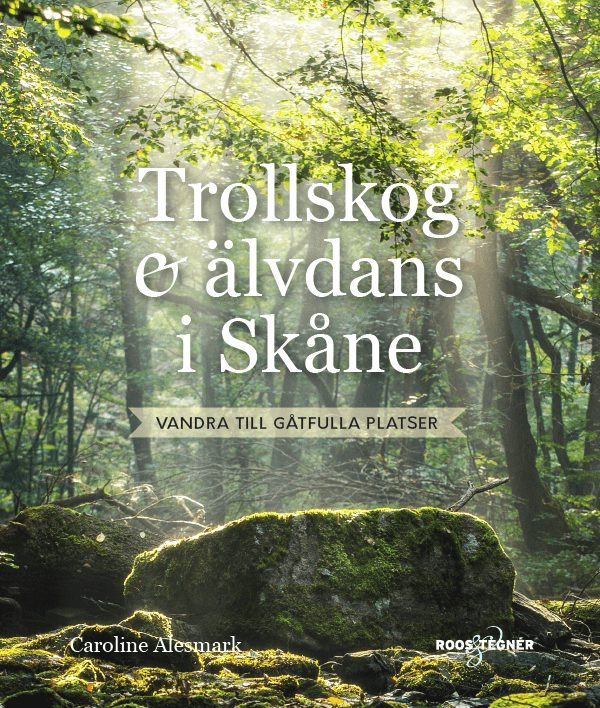
Has anyone seen the Scottish TV series "Outlander"? It's about a woman who travels back in time after a ceremony at a graveyard in Scotland and is thrown into the battles against England in the 18th century.
Text and photo: Caroline Alesmark
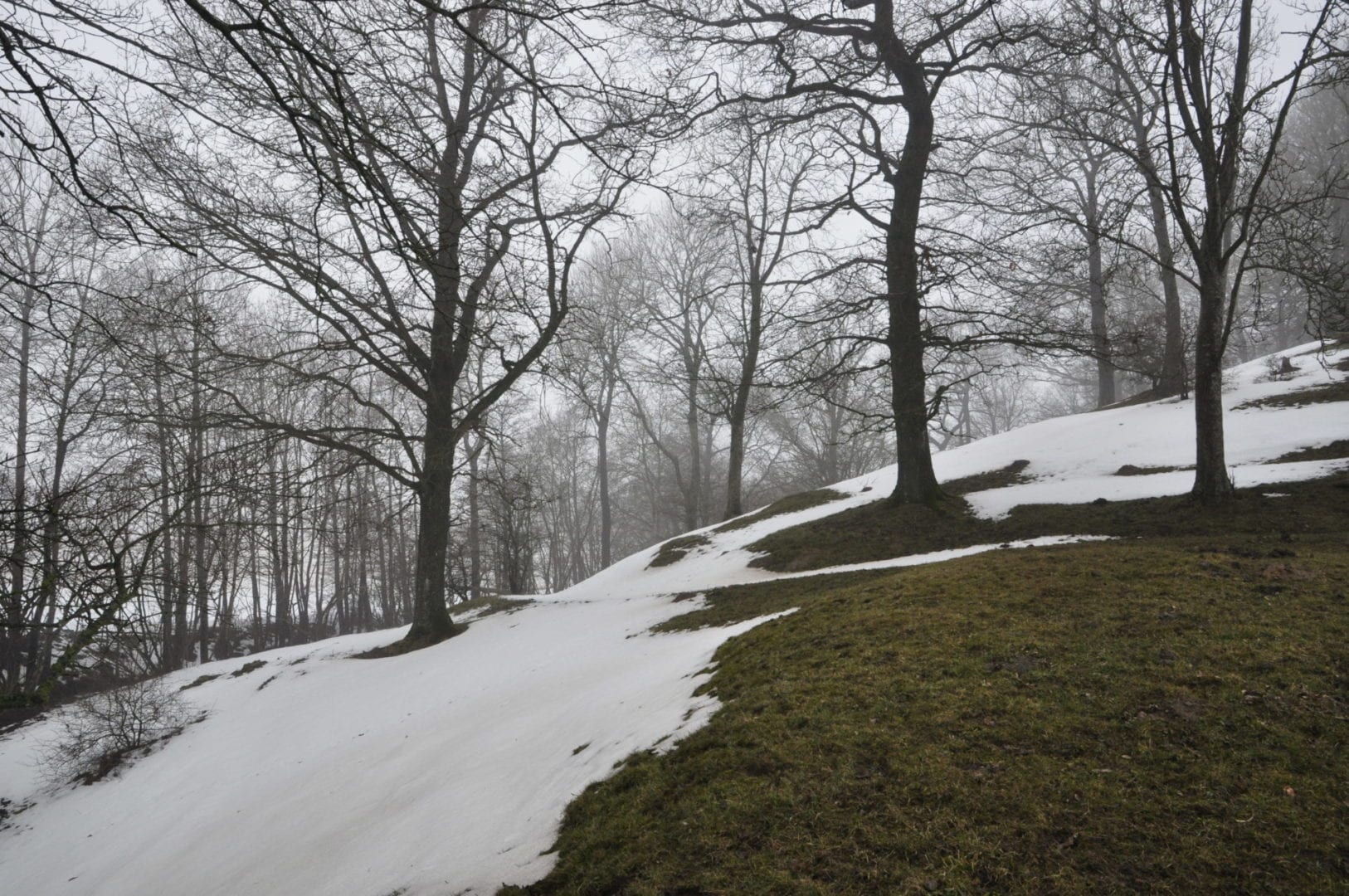
Nowadays, every time I drive past Smedstorp and see the majestic stones on the hill Alnabjär, I mutter "Graig Na Dun" to myself, the name of the fictional burial ground.
The stones stand high on the ridge of Gårdlösaåsen in a landscape similar to that of the TV series. They are shaded by large deciduous trees and share their place with grazing cows. From the height you look out over a soft agricultural landscape with the winding Tommarpsån river in the background.
According to local legends, the ship set was erected after the warrior King Alne who also gave his name to the hill Alnabjär, Alne's mountain. On the southern slope of the mountain there are said to have been four stones marking the grave of Alne's wife, Queen Gya. The slope is called Gya's hill by the local people.

Once upon a time, some boys in the village decided to dig at Alnabjär - of course there must be precious things in the grave of a king. The artist Frans Lindberg, born in the area in 1857, described the event to a folklorist in 1940:
"The digging had to be done in silence, no one was allowed to utter a word or make a sound. After digging for a while, they were disturbed by visions, but continued digging for a while longer. Then at last an unusually large black hen appeared. Then the brave boys lost their courage, and fled headlong, for they knew that the black hen was the most dangerous of all ghostly visions."
During the construction of a house in the village, stones were taken from the burial ground, and the next morning, according to the story, they were not there, but were in the same place as before. After this, the stones were considered taboo and were left untouched - until the incident was forgotten and stones began to be used again for various types of construction.
When gravel was removed from the ridge in the 1920s, a limestone coffin was uncovered in 1928. Archaeologists from Lund University came here and found human bones, fragments of an iron knife and shards of an earthenware vessel whose decoration placed it in the Roman Iron Age.
When mining continued in the 1940s, more finds were made in the quarry. In 1949, a more thorough archaeological excavation was carried out and two graves from the Roman Iron Age were found. In the mid-1960s, a major investigation of Gårdlösaåsen began, which was to last fourteen summers. Finds in 1972 showed that people had lived on the ridge for virtually the entire Iron Age.
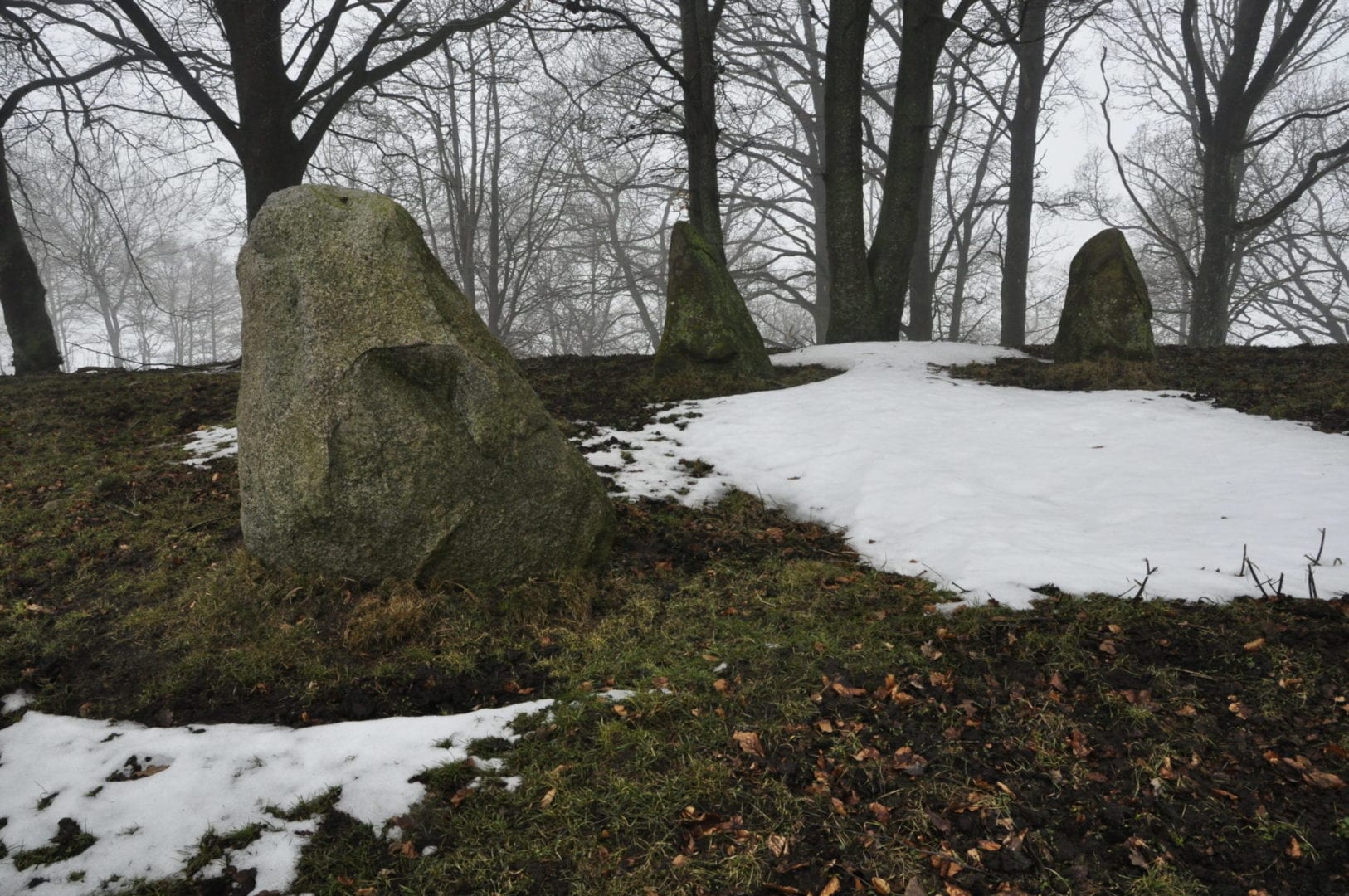
The archaeologists found graves, stone settlements and the remains of a ship set from 550-800 AD. Today only four remaining stones of the latter remain on Alnabjär. Outside the ship there is a group of smaller, round and oval stones from the Iron Age.
About a kilometer further north on the Gårdlösaleden trail, you will come across two sets of ships consisting of fifteen and sixteen stones. A short distance away is a ring of ten stones. The site was excavated as part of the so-called Gårdlösa project, which began in 1963. The investigations found graves both inside and outside the rings.
In 1949, the remains of a woman in a grave covered by two large limestone slabs were found in a grove of trees on the other side of a field a few hundred meters north of the ship settings. However, as the land around the site is cultivated, you may not enter it without the landowner's permission.
The woman's grave contained various grave goods, including decorated earthenware vessels, bronze and silver dress pins - fibulae - a bronze pin, glass beads, a bone comb and a needle storage box - a needle house. Archaeologists also managed to recover fragments of fabric and thread from the woman's costume.
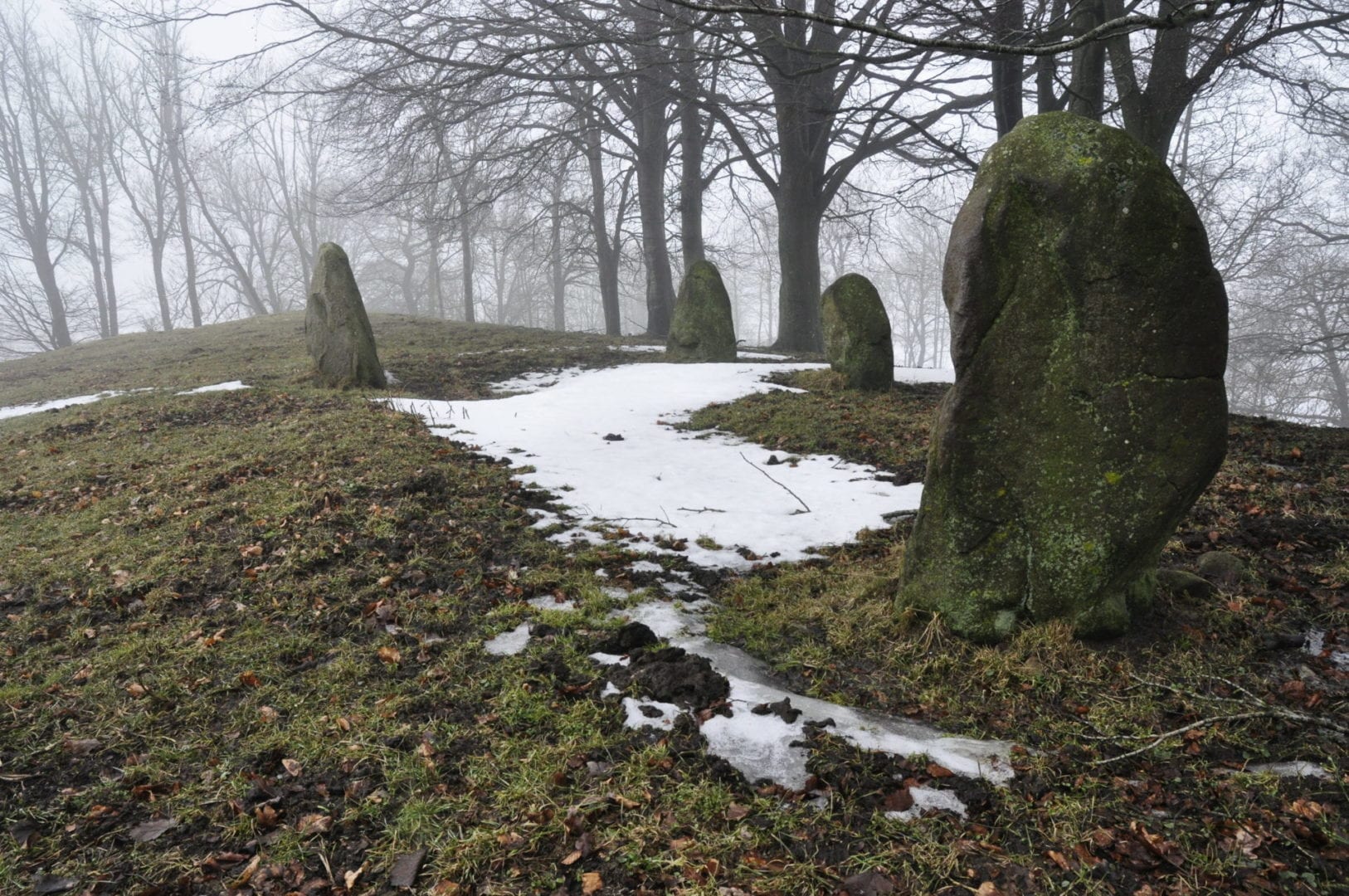
A silver fibula placed on her chest reads in runic script 'ekunwodr', which can mean 'I unwodr', so perhaps her name was Unwodr. Unwodr in turn is said to mean 'the peaceful, calm and not angry'. Since the fibula is from the 20th century, this runic inscription is one of the oldest in Sweden.
The woman was of high birth, as evidenced by her lavish jewelry and the fact that her teeth and bones were in good condition. She probably lived a comfortable life with good food and assistance from slaves. In Skåne she was given the name Silver Girl, but to be accurate, she is more of a Silver Woman. At the Historiska Museet in Stockholm, she is called the woman from Gårdlösa and is part of the permanent exhibition "Forntider".
Alnabjär, the shipyards and the ring of judges are located on the Gårdlösaleden trail that starts and ends at the station in Smedstorp. The trail is 12 kilometers long and goes through the Listarumsåsen and Ljungavången nature reserves. The walk is very beautiful and takes you through deciduous forests and past meadows. Along the route there are several other interesting environments, including a few quarries, a lime kiln, a peat extraction, a breaking cabin for flax handling and a frog reserve. You also pass the Tommarpsån river, home to the endangered thick-shelled mussel.
The text is taken from Caroline Alesmark's book "Trollskog och älvdans - vandra till gåtfulla platser", published in 2019.
Click here to buy the book "Trollskog och älvdans - vandra till gåtfulla platser"!

